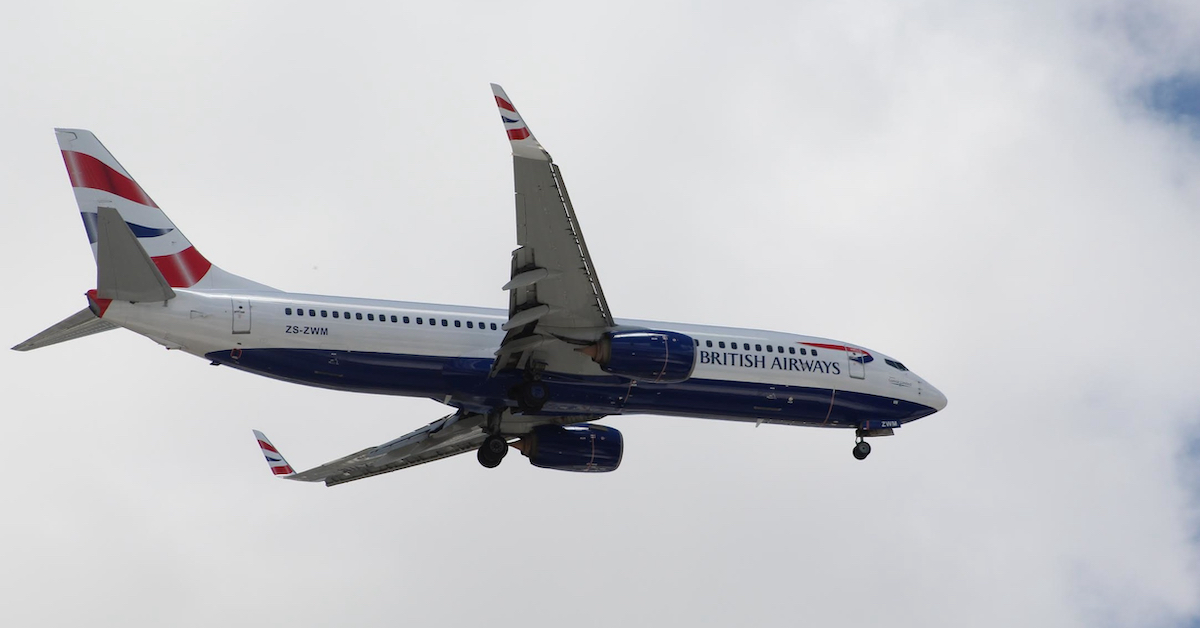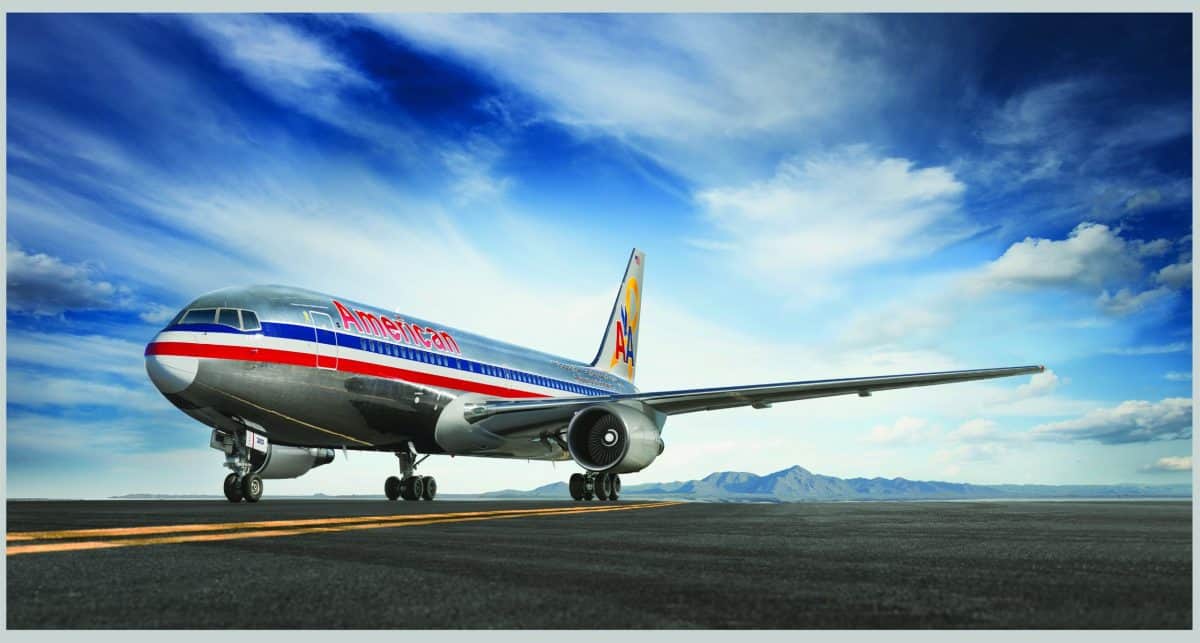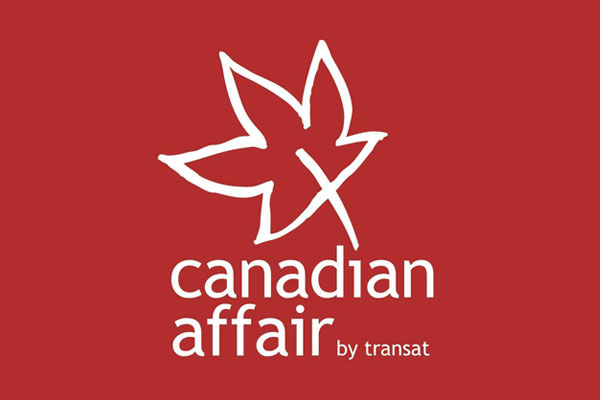U.S. Carriers Detail Shifting Q1 Demand Trends
Several major U.S. carriers this week detailed the changing nature of business travel demand trends and their plans for 2023 capacity at J.P. Morgan's Industrials Conference on Tuesday as well as in filings with the U.S. Securities and Exchange...

Several major U.S. carriers this week detailed the changing nature of business travel demand trends and their plans for 2023 capacity at J.P. Morgan's Industrials Conference on Tuesday as well as in filings with the U.S. Securities and Exchange Commission.
Most carriers offered a sunny outlook on corporate demand while noting the potential for higher expenses through increased fuel costs, among other reasons.
Select highlights from five carriers' presentations and SEC filings follow.
American Airlines
American Airlines CEO Robert Isom talked about the carrier's recent organizational changes in its corporate sales department and acknowledged that it "made some reductions" but also "reinvested in other places" as "demand is shifting."
Isom noted some types of corporate travel have waned since the pandemic.
"The day of the road warriors … that kind of traffic used to be almost 3 percent of American Airlines' revenues, and now it's less than 1 percent," Isom said. "You used to be able to say that Mondays and Sunday nights are big travel days and Thursday and Fridays returning back were huge travel days. People are spreading those weekly peaks out. … The hard thing for us to do is really to keep up with the changing travel patterns, making sure our revenue management systems are fine-tuned and as up to date as possible."
He added that the company is seeing more direct sales growth over the last year. "You can get a better experience dealing directly with American because you can control more of your itinerary, more of your experience by booking direct," he added. "Our intent is to make sure that all of those that distribute American's product offer that same type of product level and also sense of control."
Still, "[f]or us, corporate travel is incredibly important," Isom said, adding that internationally, the company is more "oriented to big business markets."
Isom was asked about the Northeast Alliance with JetBlue, its Plan B if a judge rules against the two carriers in the federal antitrust case that awaits a verdict, and if JetBlue might ditch the partnership as a negotiating tactic in its effort to acquire Spirit Airlines. "I have spent a lot of time with our JetBlue partners," Isom said. "I know they are committed to it. And everything we have done has [a] produced consumer benefit, and all the concerns have never come. We have been operating this now for a couple of years, so I am not looking at a Plan B."
American did not update its first-quarter 2023 guidance.
Delta Air Lines
Demand continues to be strong, with the 10 highest sales days in the company's history occurring within the past 30 days, Delta Air Lines CEO Ed Bastian said.
As for traditional corporate travel, "it's somewhere in the mid-80s," Bastian added, referring to the recovery level versus the first quarter of 2019. "But as I tell many of my CEO friends across the industry and outside the industry, I know where your employees are. They may not be in the office, but you can find them on my airplanes. And that's because of the new way [of work], the new hybrid, new mobility, and I don't think that's changing."
Delta also has launched a free Wi-Fi offer for SkyMiles members on 80 percent of its domestic routes—international is coming by the end of the year—and more than 300,000 people have signed up to SkyMiles since the soft launch in November, according to Bastian.
Delta reaffirmed its prior quarterly guidance and projected total first-quarter 2023 revenue of $12.9 billion to $13.2 billion, compared with $10.5 billion in 2019. Full-year estimates were for 15 percent to 20 percent revenue growth year over year.
United Airlines
Citing strong demand and better completion rates, United Airlines increased its first-quarter capacity outlook to a year-over-year increase of 23 percent, compared with its previous projection of a 20 percent increase. It expects revenue to increase about 51 percent versus Q1 2022, up from its prior 50 percent guidance.
Anticipated revenue per available seat mile, though, was lowered to a year-over-year increase of between 22 percent and 23 percent, compared with a previous forecast of 25 percent.
United cited higher fuel costs, with quarterly estimates at $3.31 to $3.41 per gallon compared with the prior estimates of $3.19, a potential new pilot agreement charge, and a seasonal shift in demand, which should benefit the second quarter.
Still, the outlook looks "really strong," United CEO Scott Kirby added, noting March was the best month in the quarter for RASM.
On domestic versus international, "international is now more profitable than domestic for us, and I expect that to continue into 2023," EVP and chief commercial officer Andrew Nocella said, adding that the Pacific, excluding China, is leading the way, noting the carrier's new partnership with Virgin Australia. Across the Atlantic, it's in "great shape" with its partnership with Lufthansa Group.
Nocella also noted that the Polaris business-class cabin was trailing—that it has room and yield upside. "That's getting business travel from the real big businesses, not SME, the big business that bought those seats to Singapore or London Heathrow or Frankfurt to get back into that business," he said. "But the economy is dramatically bigger than it was in 2019. And we're at 80 percent in terms of that category. When [it] gets back to 100 percent or that category actually matches GDP at 120 in or something like that, that is a tremendous amount of upside to our international division."
On the domestic lag, Kirby attributed it to the fact that while capacity is back to 2019 levels, that's been achieved with fewer flights. "Our flights are down dramatically," he said. "That's because we've got effectively 300 regional jets that we aren't flying anymore. And we had a choice to make during the pandemic: Do we ultimately bet on replacing those with bigger airplanes and sacrifice connectivity in the short-term and get connectivity back with much more cost-efficient and profit-efficient airplanes in the long term? That's the choice we made."
Southwest Airlines
"We continue to expect March managed business revenues to be roughly in line and restored to March 2019 levels, which would represent just a big and significant milestone," Southwest Airlines CEO Bob Jordan said. Further, bookings for the second quarter appear solid and in line with expectations.
Southwest forecasts first-quarter 2023 revenue to be up between 21 percent to 23 percent year over year compared with prior guidance of 20 percent to 24 percent. Quarterly capacity will be higher than originally anticipated, up about 10 percent year over year versus its "no change" prior estimate. Full-year capacity guidance was lowered one percentage point to a 15 percent to 16 percent year-over-year increase.
The carrier also increased its CASM-X to up 5.5 percent to 6.5 percent year over year, versus up 2 percent to 4 percent, as it "further invests in operational resiliency" to diminish the risk of another operational disruption as experienced in December 2022.
The carrier expects a net loss in the first quarter, with a negative revenue effect of $300 million to $350 million associated with that incident, according to its SEC filing.
Still, Southwest is seeing strong revenue trends in March, driven by strong yields and strength in Rapid Rewards redemptions, and barring significant unforeseen events, based on current trends, it anticipates a profit for the full year, excluding special items.
Jordan also shared that results of its third-party assessment of the December disruptions cited two major factors: a winter storm that Jordan alleged was worse than predicted, and the "outsized impacts in two of our largest airports, Denver and Chicago Midway, where we have a very large volume of flights and aircraft, but we also have about 25 percent of our crew base there." The closings of those two airports "created waves and waves of close-end flights cancellations … [which] overwhelmed our processes and technology, which led to manual alternatives and efforts that were both tedious and took longer to solve," Jordan said.
The carrier is addressing the results in three ways: improving winter operations; enhancing cross-team collaboration, which focuses on processes, decision-making, escalation procedures and communication during regular operations; and accelerating other investments, including technology and tools that will allow for greater volume and pace during irregular operations.
"This list is by no means meant to be exhaustive," Jordan said. "But this summarizes the key root cause, along with the most notable tactical actions we believe we need to take in each area. As I hope you can tell, we're well underway on a remediation plan, and we have a target completion date of October to be fully prepared as we head into next winter."
JetBlue
Corporate travel is a smaller part of JetBlue's mix than for other carriers, but CEO Robin Hayes said the airline was seeing the same trends for the segment as the others. "For business, we say we're 80 percent recovered, but really it's 60 percent recovered because you can't forget the 20 percent of GDP growth between 2019 and 2022," Hayes said.
He reiterated what others have said, namely that business travel has changed, and the carrier is not seeing one-day trips for one meeting any longer. As a result, "we've pivoted our network choices around that," he said, explaining that JetBlue had put in place 15 flights on the Boston-New York LaGuardia route anticipating a bigger business return, but will reduce that figure to nine or 10 later in the year.
As for the Northeast Alliance lawsuit with American, Hayes remains confident in a positive outcome despite the ruling taking much longer than anticipated. The trial closed in November, and a decision was expected in early January. The industry is still waiting.
While few if any were surprised by the U.S. Department of Justice suit against the Spirit merger, some were caught off guard by the Department of Transportation's statement supporting the DOJ action and indicating that DOT planned to deny the carriers' transfer application to operate under one certificate in light of the DOJ investigation.
"It is unprecedented," Hayes said, adding that DOJ for decades has taken the lead on mergers, quoting DOT's statement that it investigate "unfair and deceptive practices."
"The 'unfair and deceptive practices' piece had me confused, because DOT has been saying we should have more legroom, less ancillary fees, and JetBlue is the poster child for that," Hayes said. "But the biggest part of what we have to get done is to win the case, and that is what we are focused on."
JetBlue's first-quarter guidance now estimates capacity growth of between 8 percent and 9 percent year over year compared with a prior forecast of 5.5 percent to 8.5 percent. Revenue is now forecast to increase 32 percent to 35 percent, up from the 28 percent to 32 percent previously forecast.

 JaneWalter
JaneWalter 























![Are You Still Optimizing for Rankings? AI Search May Not Care. [Webinar] via @sejournal, @hethr_campbell](https://www.searchenginejournal.com/wp-content/uploads/2025/06/1-1-307.png)







